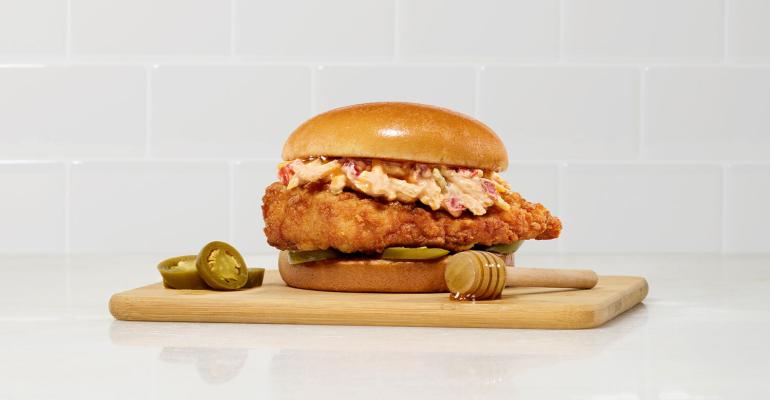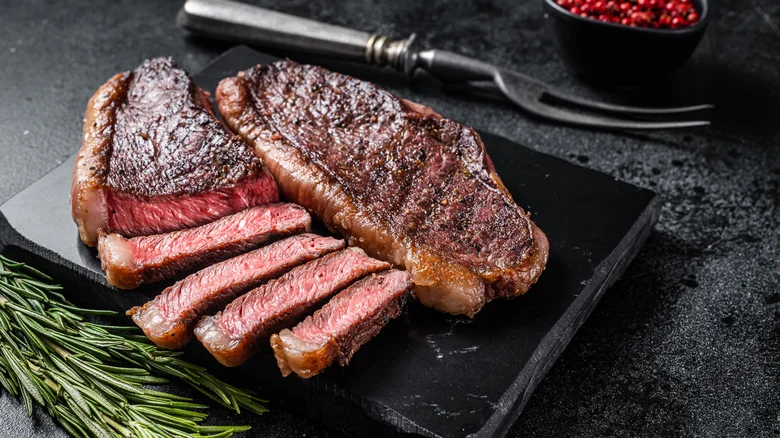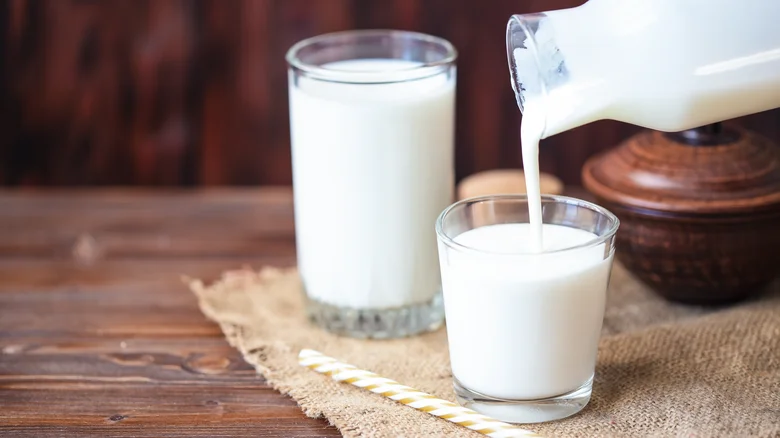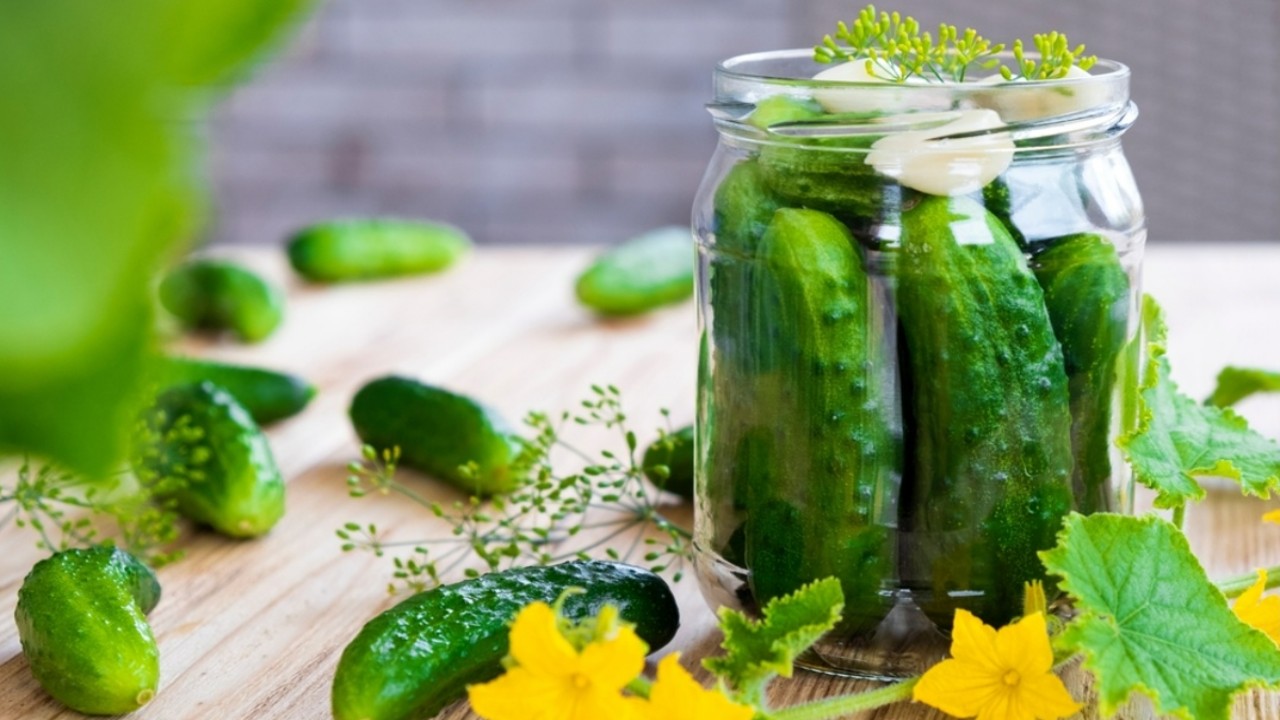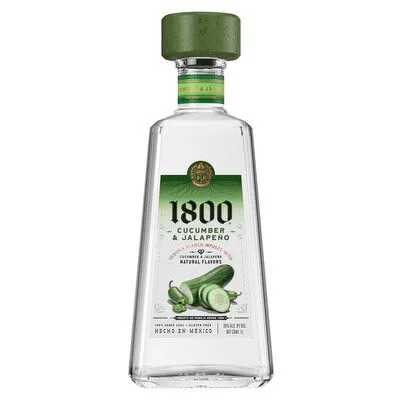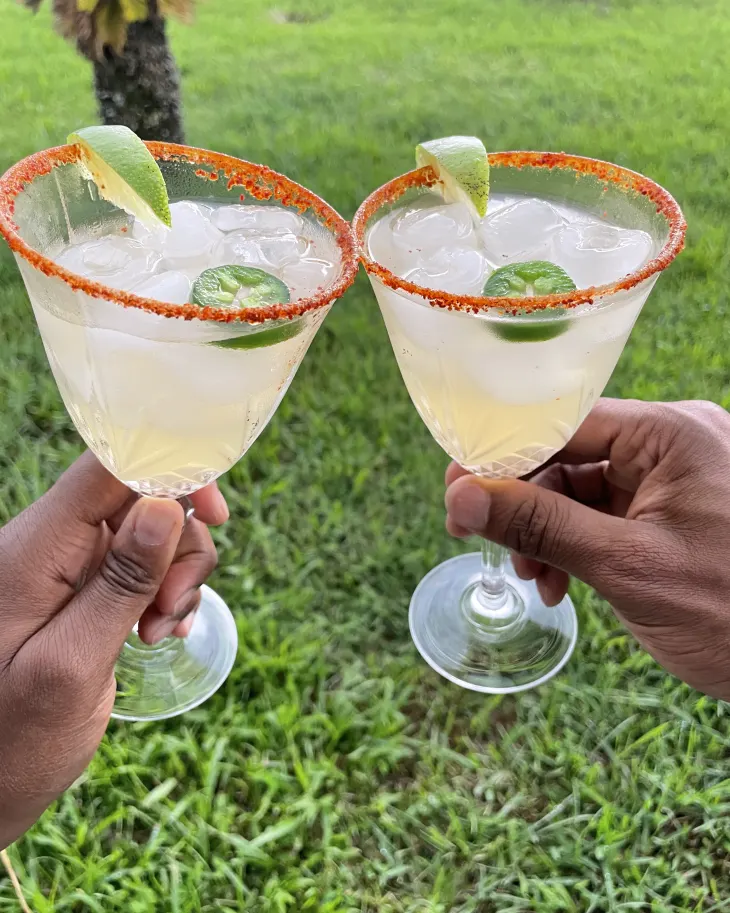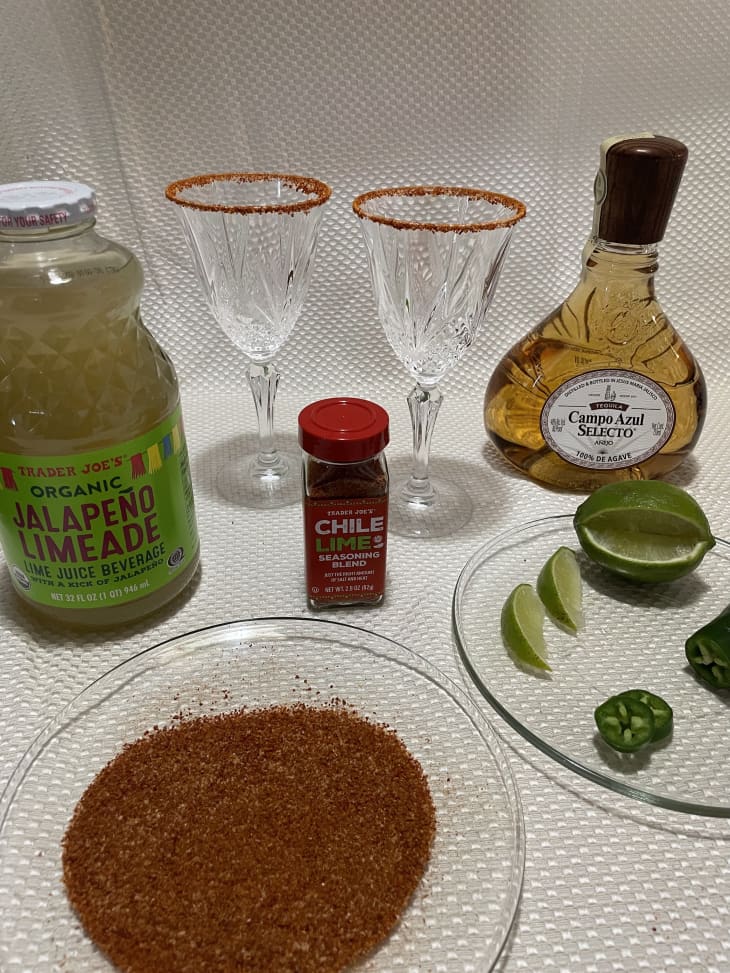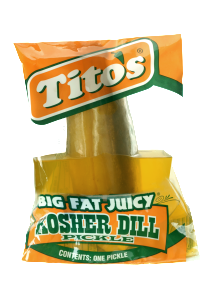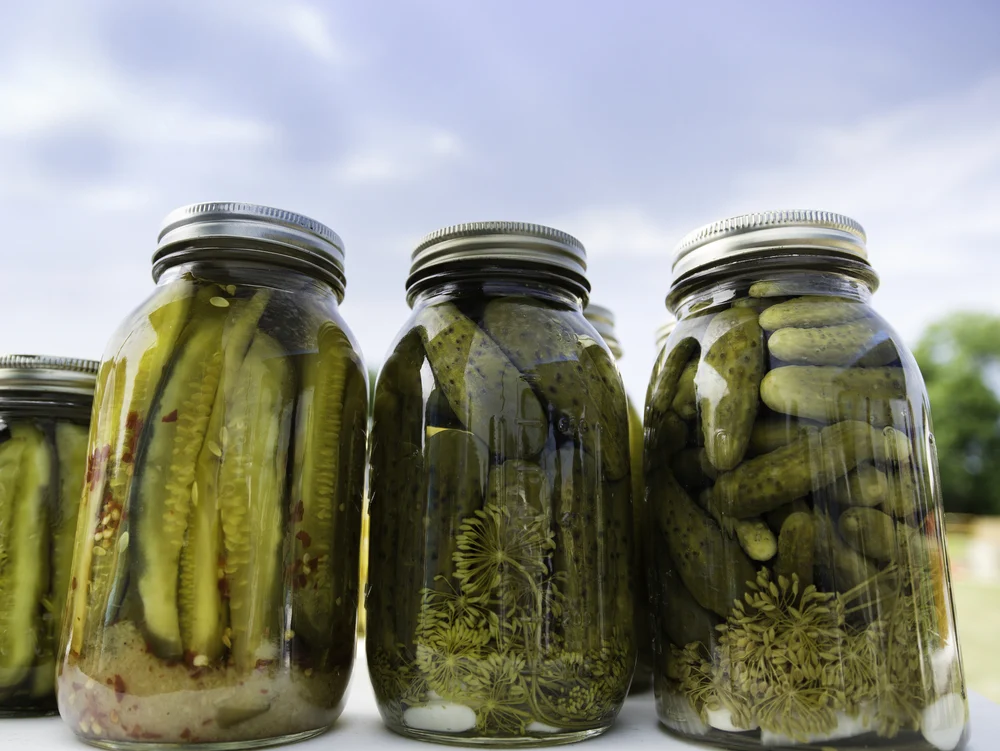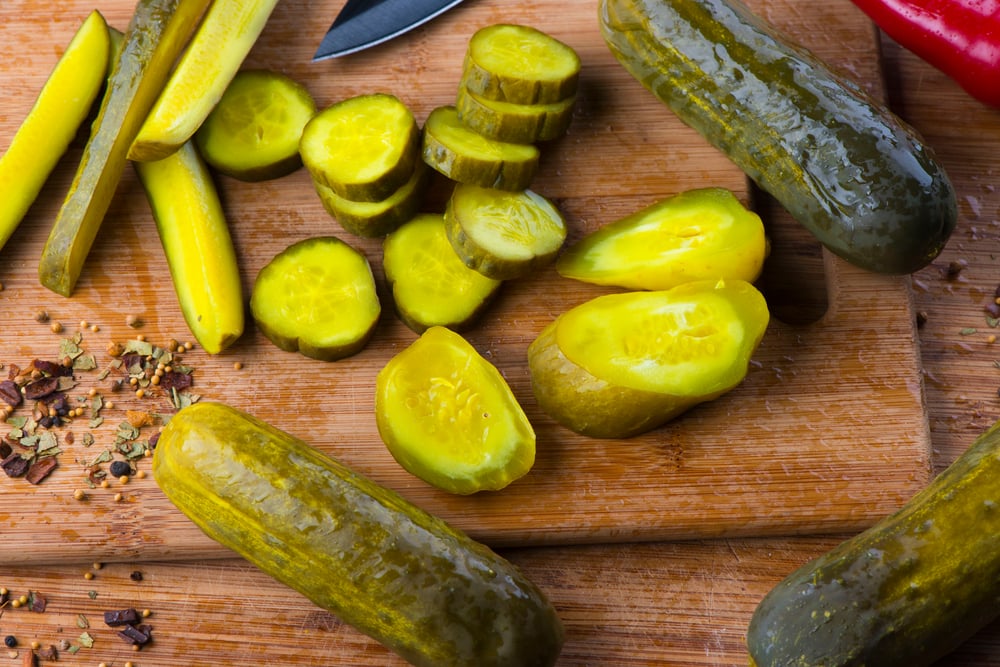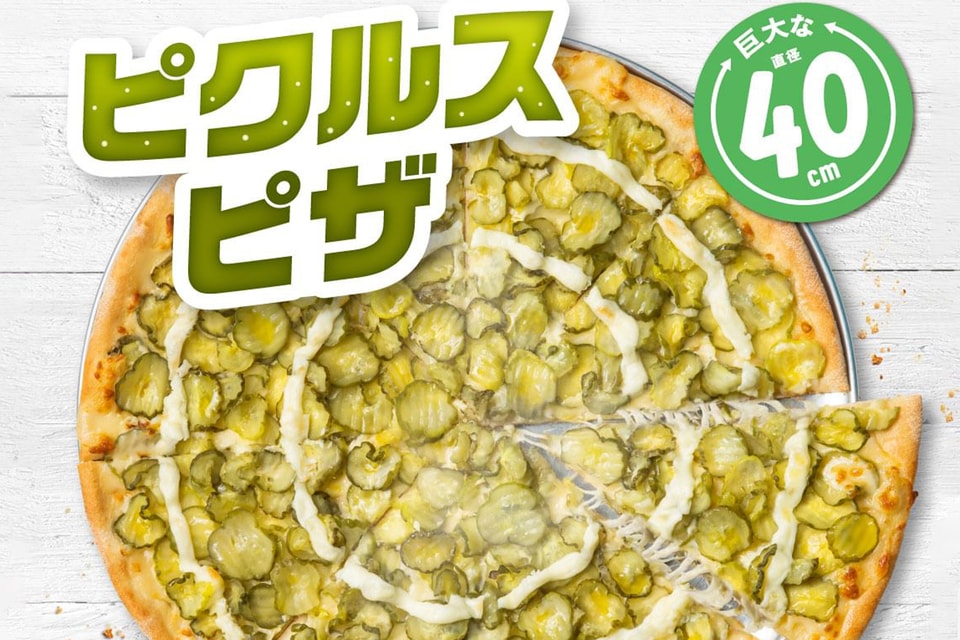Chick-fil-A provides a seasonal twist on its signature chicken sandwich for the first time
Originally published by Nation’s Restaurant News on August 15, 2023
Written by Alicia Kelso
Chick-fil-A’s Honey Pepper Pimento Chicken Sandwich is available nationwide beginning Aug. 28.
Chick-fil-A is launching a Honey Pepper Pimento Chicken Sandwich nationwide beginning Aug. 28, marking the first time the chain has provided a seasonal twist on its signature offering. The sandwich is available while supplies last and includes an original filet topped with custom-made creamy pimento cheese and mild pickled jalapeños. It is served on a toasted bun drizzled with honey.
The company notes that pickled jalapeños have never been used before in a Chick-fil-A entrée, while its pimento cheese is made with green chilis and red pimentos combined with cheddar cheese. According to Chef Stuart Tracy, the drizzle of honey adds a subtly sweet flavor to tie everything together.
“We wanted to create a standout sandwich that would deliver a unique spin for our guests, without losing the classic taste of the Original Chick-fil-A Chicken Sandwich. The Honey Pepper Pimento Chicken Sandwich uses ingredients and flavors our guests have never experienced at Chick-fil-A before, balancing savory, sweet and spicy elements using the highest quality ingredients. With our custom-made pimento cheese and specially sourced jalapeños, we hope to deliver a new and exciting sandwich our guests will love,” Tracy said in a statement.
According to the company, the culinary team began exploring a new seasonal twist on its original chicken sandwich after the positive introduction of entrees like the Smokehouse BBQ Bacon Sandwich and the Grilled Spicy Deluxe Sandwich. The Honey Pepper Pimento offering ranked No. 1 out of more than 30 creations during the year-plus-long research and development process, and customers rated it highly for taste and value during its market test in North and South Carolina. Indeed, hot honey is on trend and flavor and beverage company Monin recently named hot honey the 2023 flavor of the year.Chick-fil-A is launching a Honey Pepper Pimento Chicken Sandwich nationwide beginning Aug. 28, marking the first time the chain has provided a seasonal twist on its signature offering. The sandwich is available while supplies last and includes an original filet topped with custom-made creamy pimento cheese and mild pickled jalapeños. It is served on a toasted bun drizzled with honey.
The company notes that pickled jalapeños have never been used before in a Chick-fil-A entrée, while its pimento cheese is made with green chilis and red pimentos combined with cheddar cheese. According to Chef Stuart Tracy, the drizzle of honey adds a subtly sweet flavor to tie everything together.
“We wanted to create a standout sandwich that would deliver a unique spin for our guests, without losing the classic taste of the Original Chick-fil-A Chicken Sandwich. The Honey Pepper Pimento Chicken Sandwich uses ingredients and flavors our guests have never experienced at Chick-fil-A before, balancing savory, sweet and spicy elements using the highest quality ingredients. With our custom-made pimento cheese and specially sourced jalapeños, we hope to deliver a new and exciting sandwich our guests will love,” Tracy said in a statement.
According to the company, the culinary team began exploring a new seasonal twist on its original chicken sandwich after the positive introduction of entrees like the Smokehouse BBQ Bacon Sandwich and the Grilled Spicy Deluxe Sandwich. The Honey Pepper Pimento offering ranked No. 1 out of more than 30 creations during the year-plus-long research and development process, and customers rated it highly for taste and value during its market test in North and South Carolina. Indeed, hot honey is on trend and flavor and beverage company Monin recently named hot honey the 2023 flavor of the year.
Notably, Chick-fil-A isn’t the only company iterating its signature offering four years after the so-called chicken sandwich wars started with a Popeyes tweet directed toward Chick-fil-A. The 2019 social media fodder led to a wave of chicken sandwich launches and promotions from dozens of companies – including Wendy’s, Church’s Chicken, KFC, Jack in the Box, Shake Shack, Burger King, Panera and McDonald’s – all jockeying for market share for a high-demand product and in an attempt to tap into Chick-fil-A’s dominance in the category.
Those iterations started coming last year, when Wendy’s launched a hot honey chicken sandwich. Late last year, Popeyes added a new Blackened Chicken Sandwich to the menu, while Burger King brought back its Italian Chicken Sandwich. Earlier this year, KFC extended its chicken sandwich platform with an Ultimate BBQ KFC Chicken Sandwich and a Spicy Slaw Chicken Sandwich.
In March, McDonald’s rebranded its crispy chicken sandwich to the McCrispy, and executives have noted a gain in share in the chicken category since. That said, it doesn’t seem to be gaining share from Chick-fil-A. According to Datassential, McDonald’s sales increased by 5.9% from 2021 to 2022, to $48.6 billion. Chick-fil-A’s sales during that same period grew by 12.8%, to $18.8 billion.
Caramel Crumble Milkshake also on deck
In addition to the new sandwich, Chick-fil-A is also launching a Caramel Crumble Milkshake, made with butterscotch caramel flavors, Chick-fil-A Icedream, blondie crumbles and topped with whipped cream and a cherry. This marks the brand’s seventh seasonal milkshake since the offering was first introduced in 2006. It was created by Chef Christy Cook and tested in Salt Lake City in 2021.
“When creating our next fall shake, I wanted to make our guests feel those cozy and nostalgic feelings of the season, but couldn’t pinpoint the exact flavors until I baked a batch of blondies for my family,” Cook said in a statement. “After tasting that little bit of caramelized ingredients at the bottom of the pan, I knew I’d found the perfect flavor combination.”

